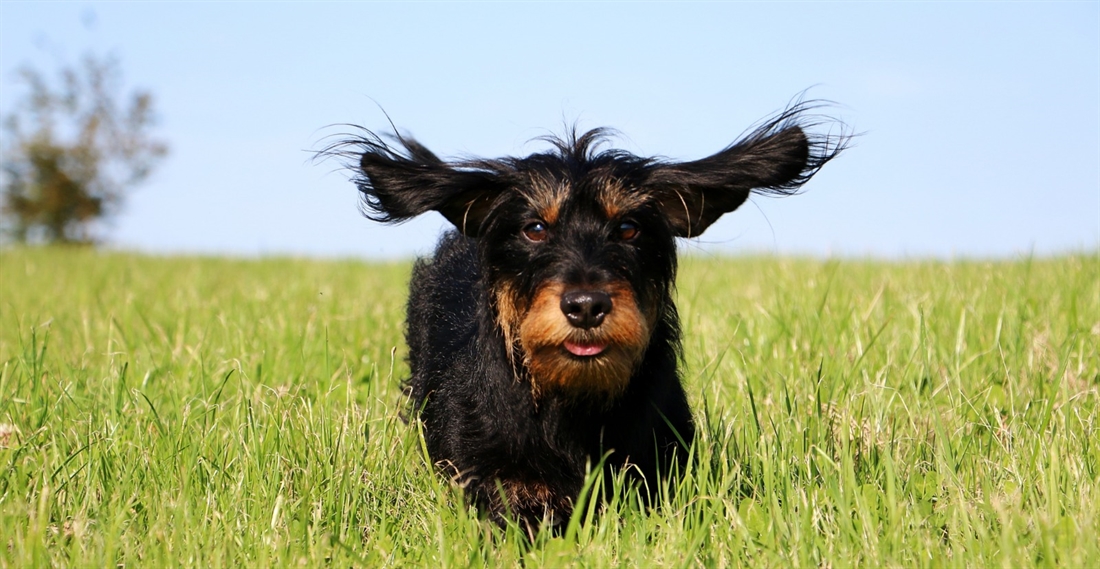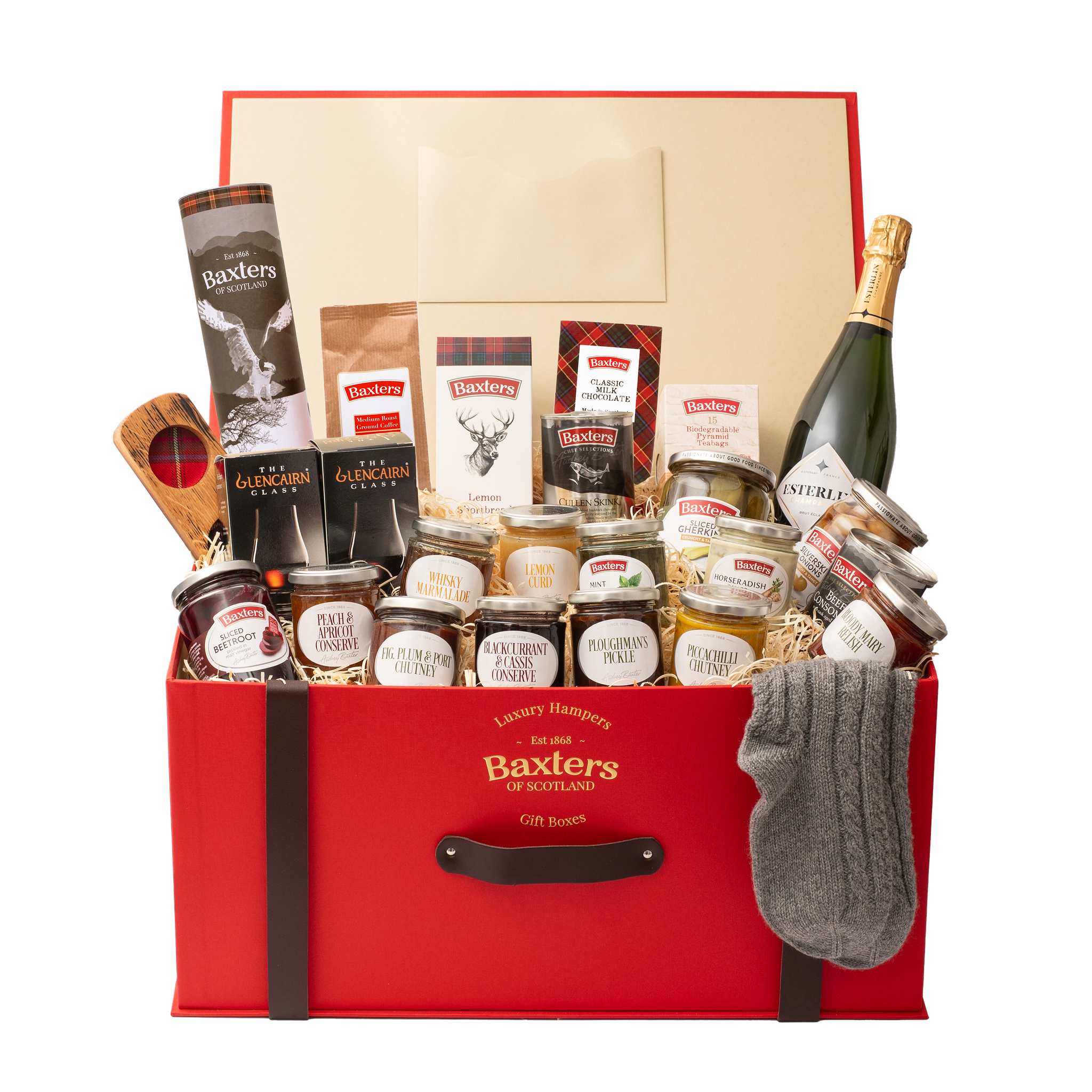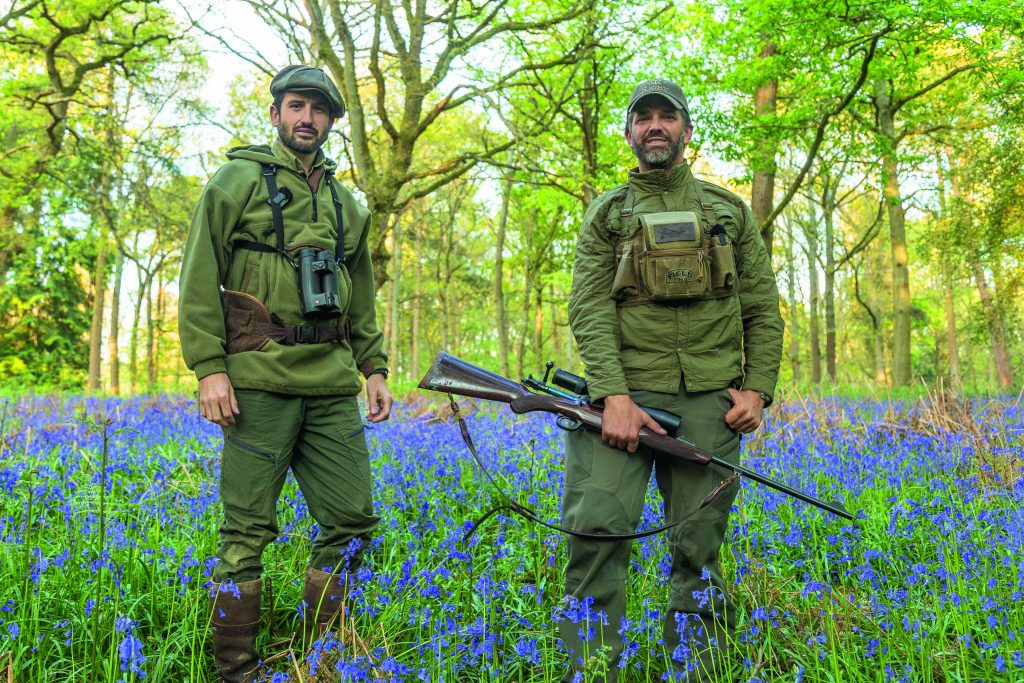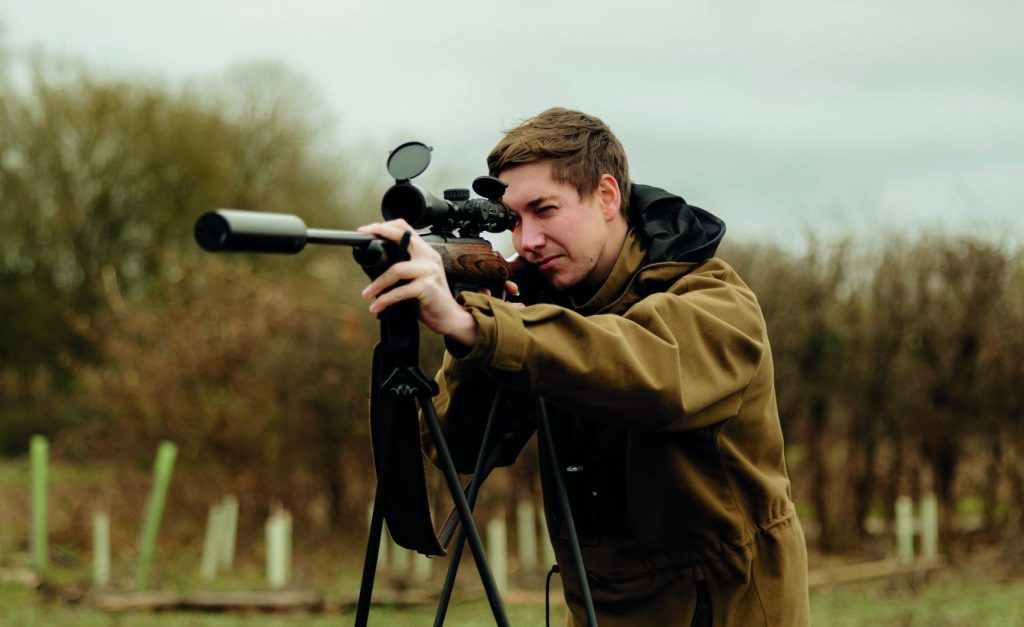The magnetic appeal of the Teckel
They may not be a common sight on driven shoot days, but Mark Hinge is happy to extol the virtues of this little dog with a big heart, and a fantastic nose.

Often referred to as ‘working sausage dogs’ teckels are most definitely real bangers. Oh my, these pocket-sized-dynamos will set your heart racing. Despite their short legs they have a remarkable turn of speed and the most endearing qualities.
In short teckels are dachshunds and in their native Germany the two labels are inter-changeable for all the different sizes and coat types of the breed. And despite their diminutive stature they have a fearsome reputation in the hunting field.
On a shoot here in the UK if you turn up with a teckel you may be met with a furrowed brow and the question: “Will that work a thicket?” But the answer is “Oh yes indeed.” These hounds – and as hounds, they are classified – are true workers that will scale dry-stone walls, push through brambles, bogs and woodland, wade, swim, and clamber into places many other dogs simply cannot access.
A DIFFERENT DIMENSION
In Germany the dachshund (badger hound) is also widely known as the teckel, and it is used extensively for both tracking wounded game such as deer, and for going to ground after badgers, foxes or rabbits. In Germany there are three sizes: standard, miniature and kaninchen (rabbit dog) all defined by measuring the circumference of the chest. In the UK there are two sizes, standard and miniature.
Across all the sizes there are three distinctive coat types, the smooth-haired (the typically recognised ‘sausage-dog’), a silky-long-haired variety and then there is the wire-haired-dachshund, oh yes, the spirited, tenacious, valiant, wire-haired variety. They, I submit, are nigh-on a breed unto themselves and what we in the UK recognise primarily as a ‘working teckel’; albeit the terminology is widely used for any dachshund.
The breed can be traced back to the 15th century, but it was 200 years later that they really started being developed seriously. Now their legendary scenting ability has come into its own and their adaptability makes them good in the field. But it wasn’t until the 1970s that working teckels really became seen in the UK, and not surprisingly, they were of German breeding. And they are growing in popularity in Britain, not because of some celebrity endorsement, but because the shooting community sees a hound that can, and does, work differently. And of course they add a different dimension to a shooting day whether driven, walked-up, stalked or vermin control.
Every gundog breed has its inherent problems with hips, elbows eyes and so forth. And this, in part, extends also to the teckel world. Yes, they can get back problems (IVDD) and yes, they can have fits (Lafora) and indeed eye issues (PRA), as can all dogs with the latter. Hereditary testing of parents can and does rule out PRA. And with the back problems the propensity is minimised by keeping the working hound very fit, well muscled, correctly fed and intact until it’s more than two years old.
HOBBIT-LIKE PAWS
These dogs are magnets. A casual walk attests to this, as often I am greeted by smiles from passers-by and stoppages for others to meet and greet the dog. Children also dote on them. Teckels do look quite comical with their mature looks, sporting beards, eyebrows and large Hobbit like paws. But what lies beneath is a true working-hound that is brave, intelligent, plucky, focused and only wants to please. They can be damned infuriating as well when following a game-trail in a headstrong fashion.
Our miniature wire-haired hound Rigby has a breed-lineage that hits all the right notes in shape, conformity, breed standard and pedigree. His family tree shows true working hunting imports from Germany and numerous Crufts accolades and he really can work.
It is important that if you think a teckel is a dog you would consider using that you do some serious homework first. You need to get not only the look you are after, but also you will want a dog that is comfortable in a family environment but also has the inherited working ability. For us, Rigby automatically flicks a switch when wearing his ‘belled’ German-made working harness. That’s when he knows he must go from being a bundle of sofa-ridden, wired-fur, to a mud covered working hound.
FINDING THE RIGHT PUP
It took years for us to track down a quality breeder and when we did we took every opportunity to watch and observe the dam and sire. When Rigby was just five weeks old he was tested in the breeder’s kitchen as to his possible working ability. From the litter, he was the first to quickly pick up and follow a short artificial scent trail I laid on the kitchen floor, using some woodcock blood infused dried-wings. And then he started playing with the wings and it became clear this was the pup for us.
In the following months, scenting was solely ‘play’ and we let the dog scent trail everything, and he even followed trails that were days old. He also seemed to have a natural retrieving instinct. And as the weeks passed he was introduced to a muted pitched whistle command and a combined hand-signal for ‘here’, ‘sit’, and finger clicks and arm directions to cast off left or right. Rigby had to learn to be close and work in control and not just follow scent lines ad hoc. Over time, a command to ‘work’ and ‘drop’ all came naturally to him.
Gun shyness was avoided by introducing the sound of distant party-poppers, then a starting pistol, followed by distant and closer shotgun report. None of this fazed him but why should it? He’s a working teckel after all. As his training progressed down on our shoot (six converging livestock farms), he was introduced to a few fox earths, but he was not interested. Indeed, even a recently shot vixen was ignored and he had no desire to go to ground; I have met many teckels that do go subterranean and they are very good at it. But his desires surround flushing and retrieving woodcock, snipe and pheasants.
TO THE SHOOTING FIELD
Albeit I am a syndicate gun member, initially I did not carry my gun on a shoot day in his first season. For eight weeks I worked him only. I made the conscious decision that I needed to understand his quirky ways and to give him 100 per cent attention. He developed telltale signs, such an erect tail to indicate he was on a scent. Head down and tail horizontal; he was seeking scent. Head aloft; no scent. And he responded well to my commands. Then come mid-season, our shoot captain convinced me I should try being the walking gun and at the same time work Rigby. He had rightly been observing us in the preceding months to see how we fitted in alongside the springers, cockers and labradors on the shoot.
Week on week he impressed with six pheasants retrieved, including a cock pheasant runner retrieved from rolled-up, nettle infused sheep fencing. When he was a pup I caught him dragging a full bag of shingle across our patio so the cock pheasant was unlikely to be too much of a challenge. Then he flushed and retrieved three snipe from reed wetlands, and two wonderful flushed and retrieved woodcock; on dressing these birds there were no teeth marks.
THE PERFECT DOG?
So as you can see, he is a model hound and nothing ever goes wrong. I wish! Compared to say a spaniel or HPR, the working style of a teckel is vastly different. It is slower but in a much more defined and thoughtful manner. Their natural drive-forward is not brash, but a positively assessed judgement, based on scent. It is noticeable there is no reticence, just a thought-through working pattern and because of that intelligent slower trait, they find game where others have drawn a blank. Given their stature it’s fair to say their noses are permanently closer to the ground.
I have met some teckels who give tongue when they find quarry. Rigby does not, but when this tiny hound does sing you wonder how on earth he does it, the volume is incredible. So, despite the diminutive size, the teckel stands out in a crowd, and for our shoot he plays his modest part of filling the bag.
Related Articles
Get the latest news delivered direct to your door
Subscribe to Fieldsports Journal
Elevate your experience in the field with a subscription to Fieldsports Journal, the premium publication for passionate country sports enthusiasts. This bi-monthly journal delivers unparalleled coverage of game shooting, fishing and big game across the UK and beyond.
Each issue offers a stunning collection of in-depth features, expert opinions and world-class photography, all presented in a timeless yet contemporary design.
Save 10% on shop price when you subscribe, with a choice of packages that work for you. Choose from Print & Digital or Digital only with each journal delivered directly to your door or via the app every other month, plus access to past issues with the digital back issue library.







